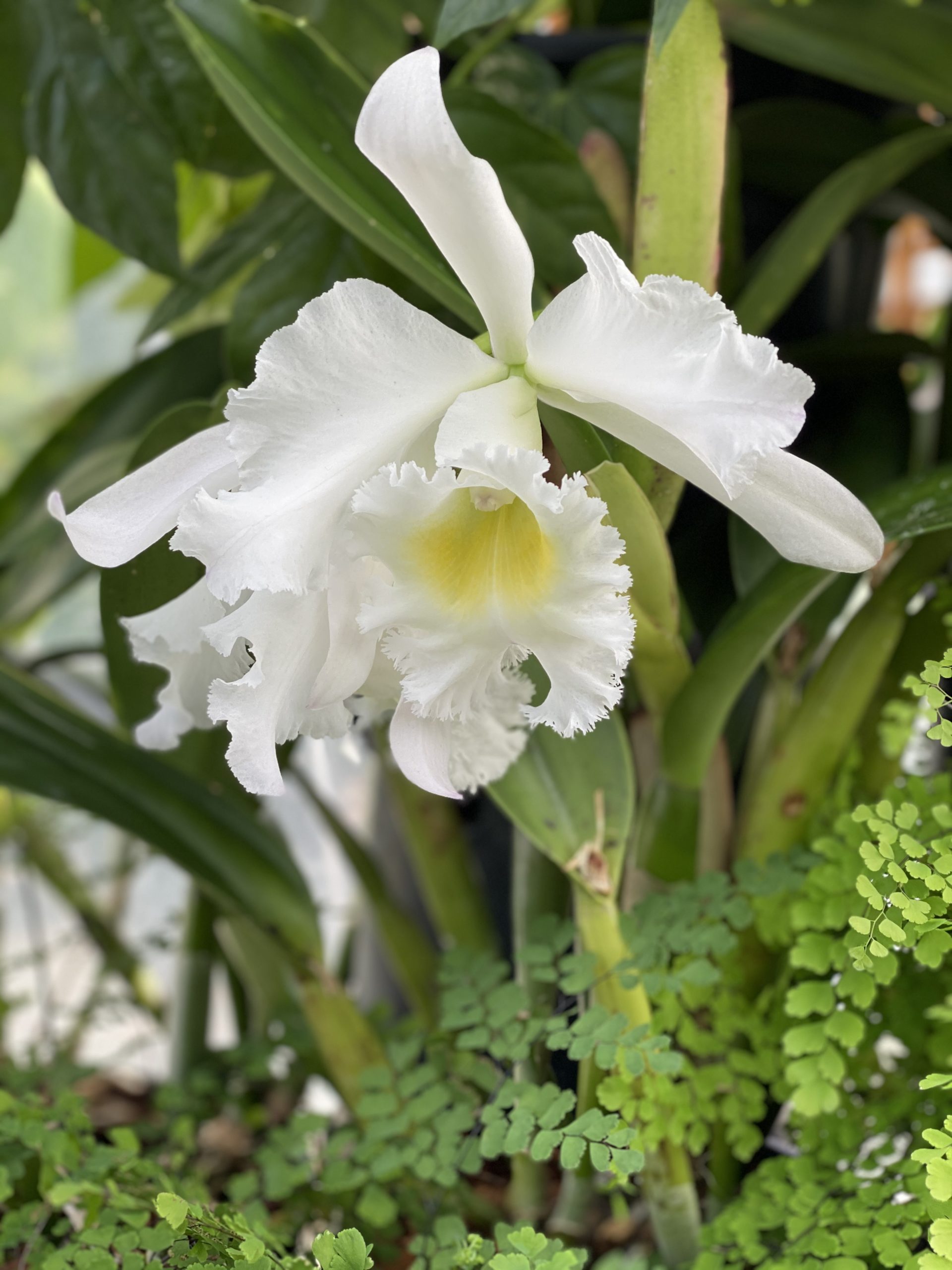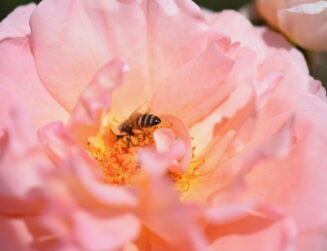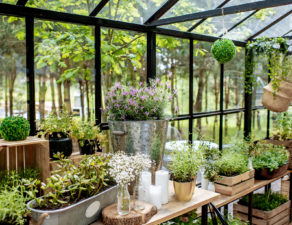
Orchids carry such an exotic and mysterious aura, that it can be easy to feel intimidated by them. But with a little knowledge, orchids aren’t actually all that difficult to grow. Here’s what you need to know.
First of all, orchids are epiphytes. This means that instead of growing in soil, most grow by hanging onto the bark of trees. Some orchids, such as lady slippers, do grow in loamy soil. Since orchids are different from other flowering plants, they just need different care in order to grow them successfully.
And if you do take proper care of them, orchids can live indefinitely!
Pot your orchid in a special orchid mix. This substrate is created especially for orchids. Because orchids typically grow on trees, they gain their nutrients from decaying organic matter and animal waste that washes down the tree. You probably can’t recreate that mix of nutrients on your own, but a bag of orchid mix will work just fine.
When your orchid stops blooming, repot it in fresh mix.
Choose the right pot. Resist the urge to pot your orchid in a larger pot than absolutely necessary. Orchids actually do quite well in smaller pots. A clear one will allow light to the roots, which will prevent smothering and root rot. And since it’s believed that the roots do engage in photosynthesis, this can help them grow similar to how they would in nature.
Place your orchid in the right spot. A sunny window facing east or west is ideal.
Research your orchid’s light needs. Some are “low light” while others are “high light”. However, their needs don’t typically range to the extremes that other plants often do. Your orchid might need to spend some time outdoors, or you can supply supplemental light with a broad spectrum bulb.
If your orchid won’t bloom, inadequate light is often the culprit.
Feed your orchid. Look for fertilizers specifically formulated for orchids, and feed once per week according to package directions.
Water weekly. Most orchids only need to be watered once weekly. Overwatering can create the risk of root rot. Wet the mix and roots thoroughly, and then check throughout the week. The roots shouldn’t dry out, but they shouldn’t remain saturated too long either.
Keep your orchid humid. Orchids don’t like to have their roots drowned, but they do appreciate humidity. Placing the pot on a humidity tray will work well for this purpose.
Keep your orchid at the right temperature. Orchids can vary greatly in their temperature preferences, ranging from 10 degrees to the mid-80s depending upon species. But most will do well in intermediate temperatures as long as they don’t get too hot or cold.
Since some varieties do depend upon temperature fluctuations to inform them of seasonal changes, you might wish to artificially adjust their temperature to encourage blooming at the right time.
Care for sick orchids. Spraying your plants monthly with Physan can prevent fungal or bacterial infections. If a plant does get sick, separate it from others immediately and have it tested. There is no cure for viral infections, but other types of illness or infestation can often be treated.
It seems like a lot of information, but you will quickly learn a routine for your orchids. Once you become accustomed to their needs, growing these dramatic blooms is enjoyable and not nearly as difficult as you once imagined!








